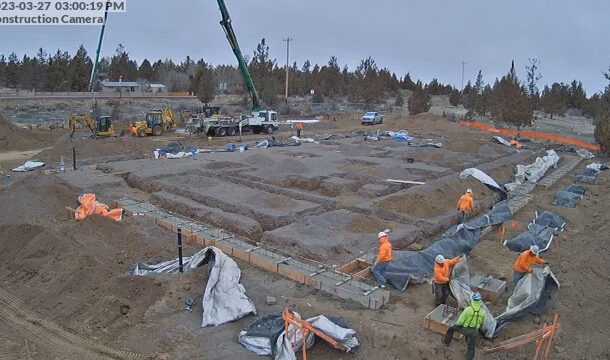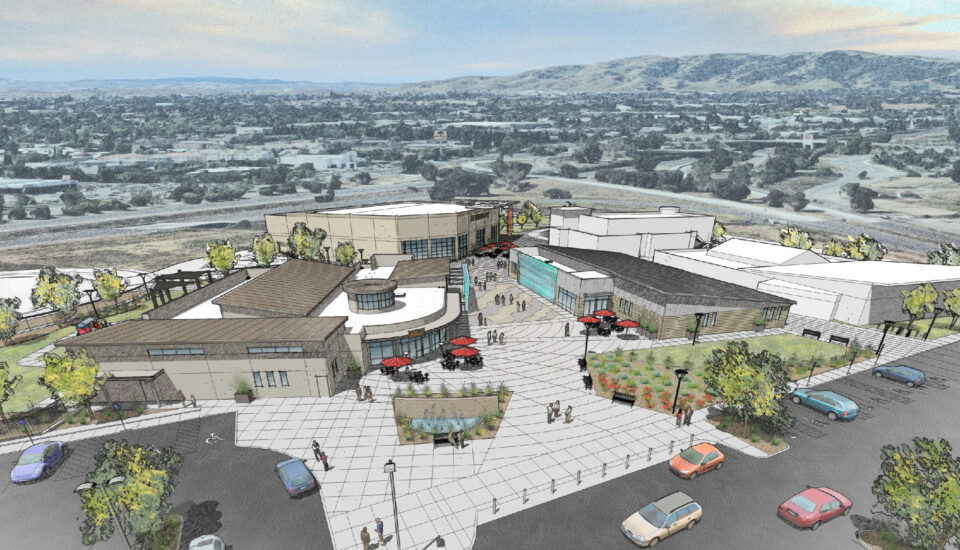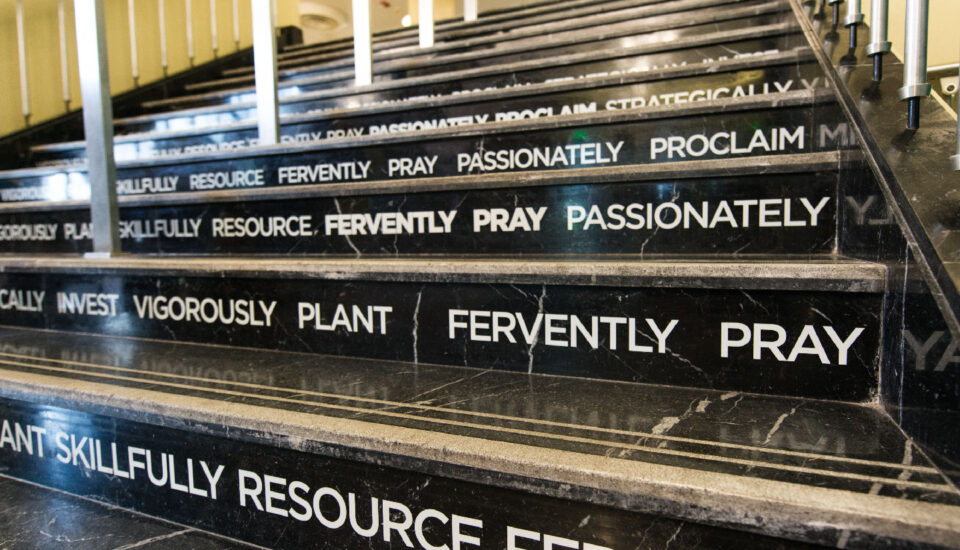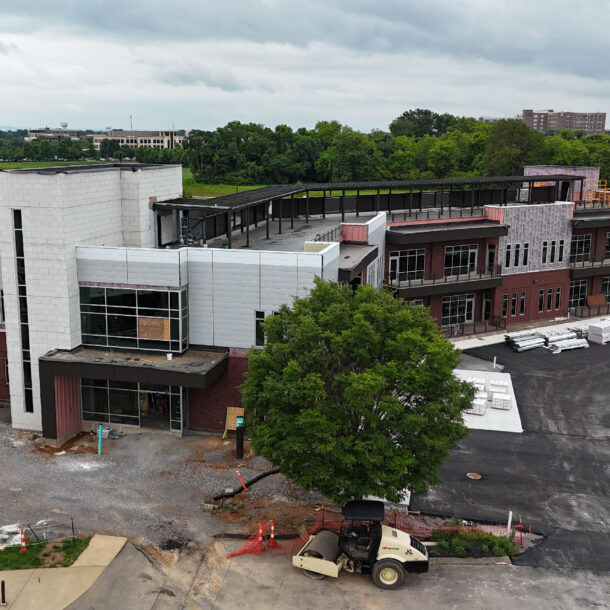
2. Involve as many experts and partners in the technology fields as possible early in the design process and throughout construction.
3. Do not assume that technology/ AVL and other such things will just take care of themselves….or that it can wait until the end of the project…big mistake.
4. Plan to start the “commissioning” process several months prior to the completion of construction to make sure there is not a stark “stop/start” from construction to operation.
5. Document, document, document.
6. Train, train, and re-train.
The Transition Gap can be closed and even completely eliminated if you apply these steps.












